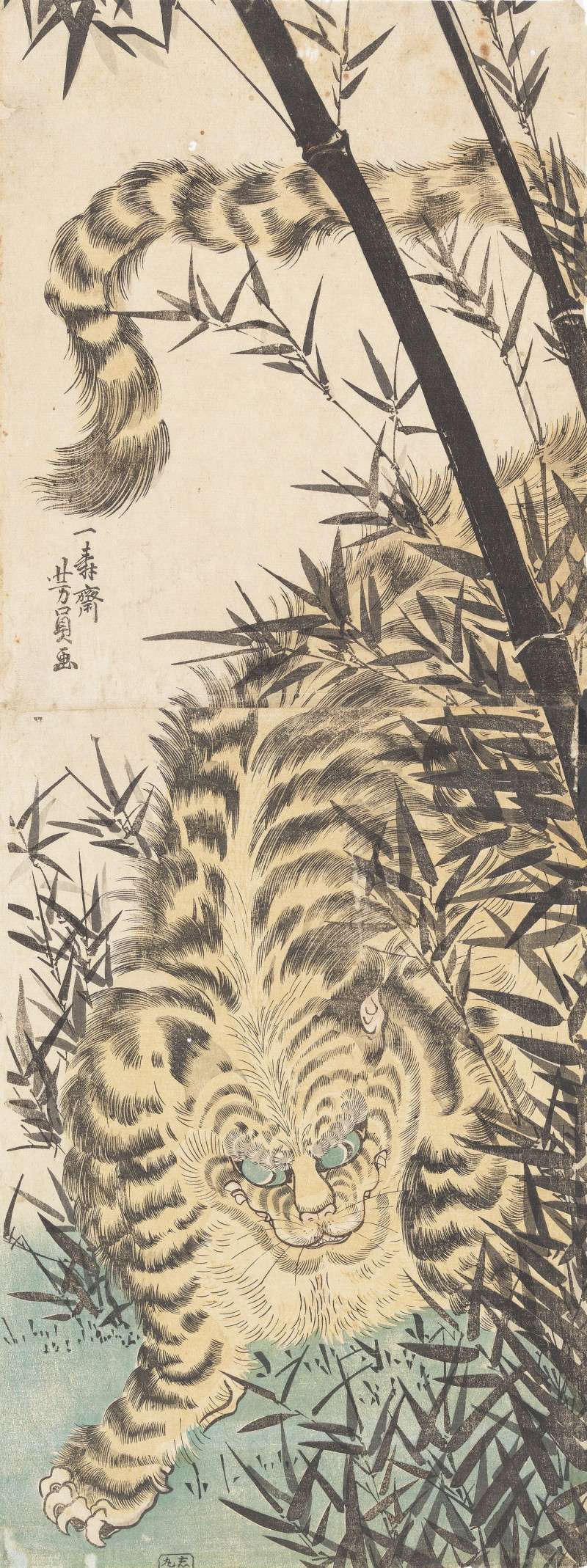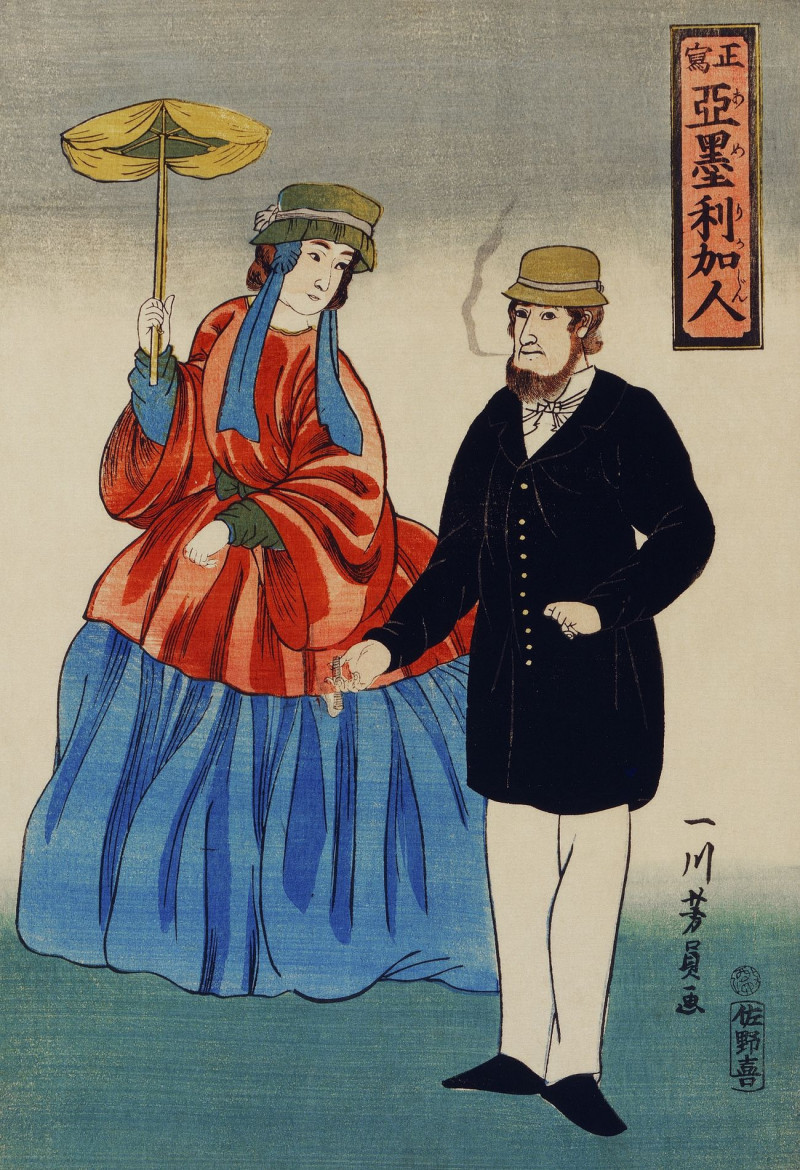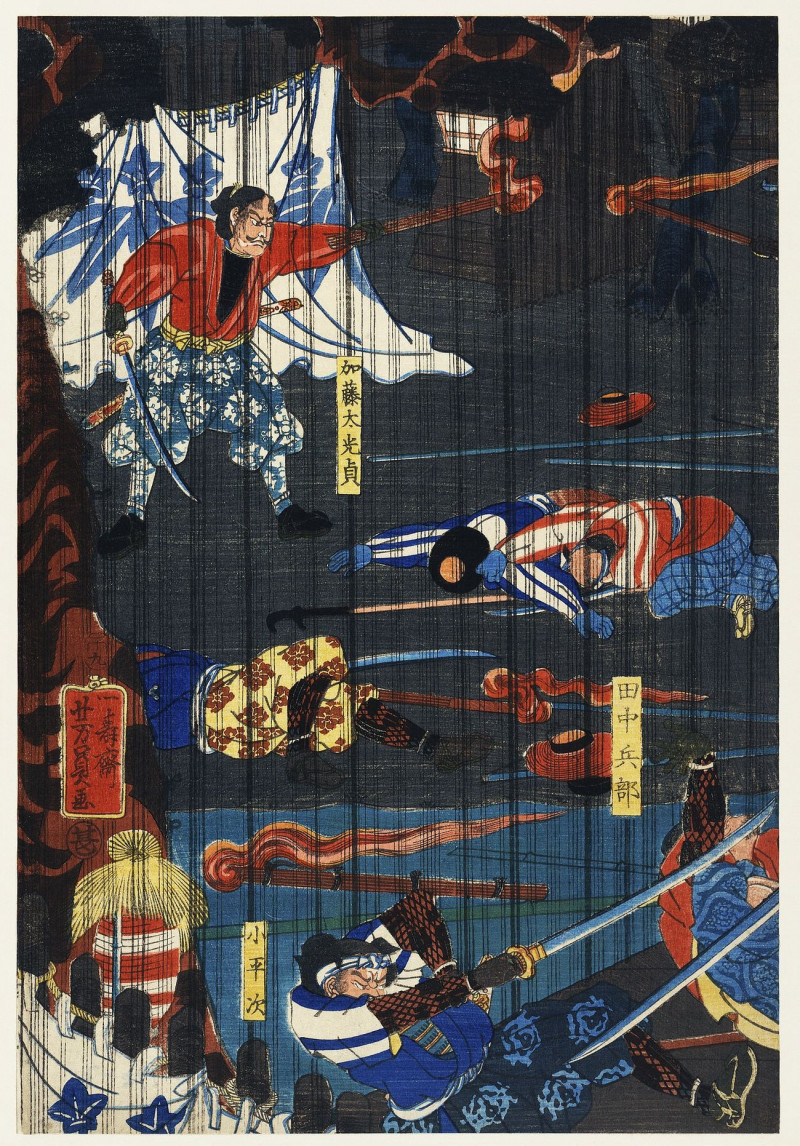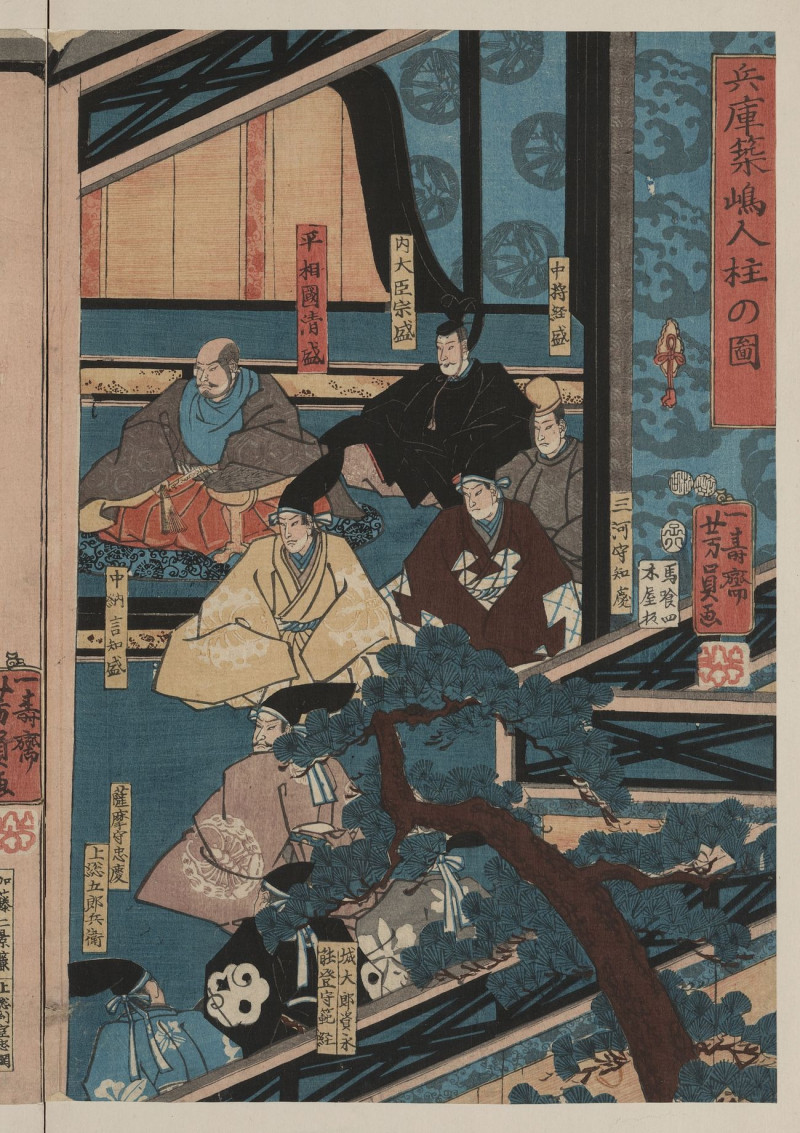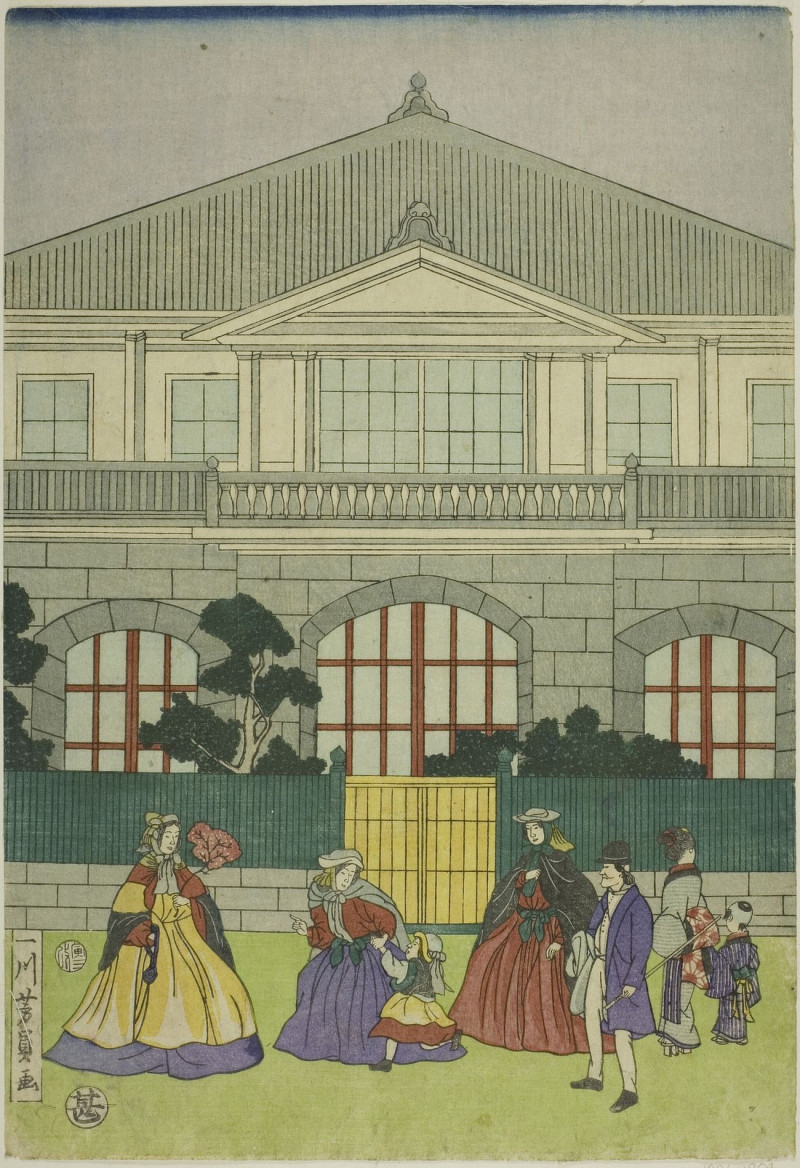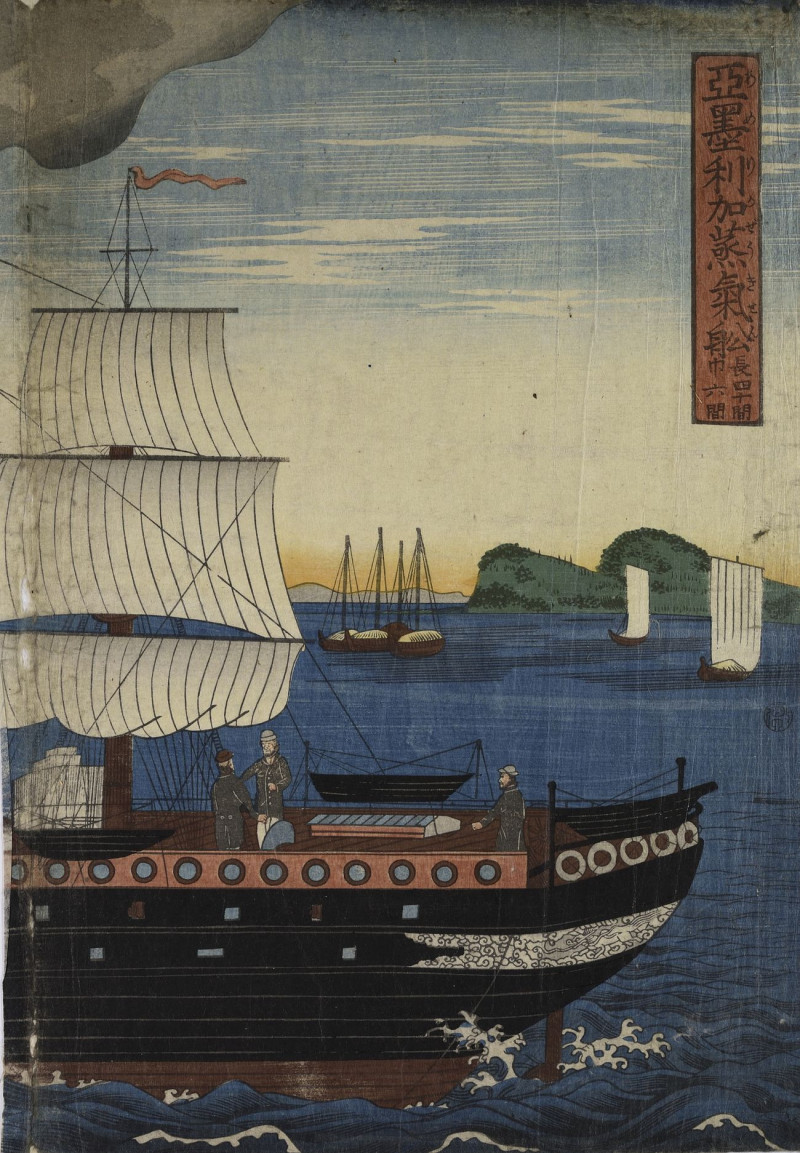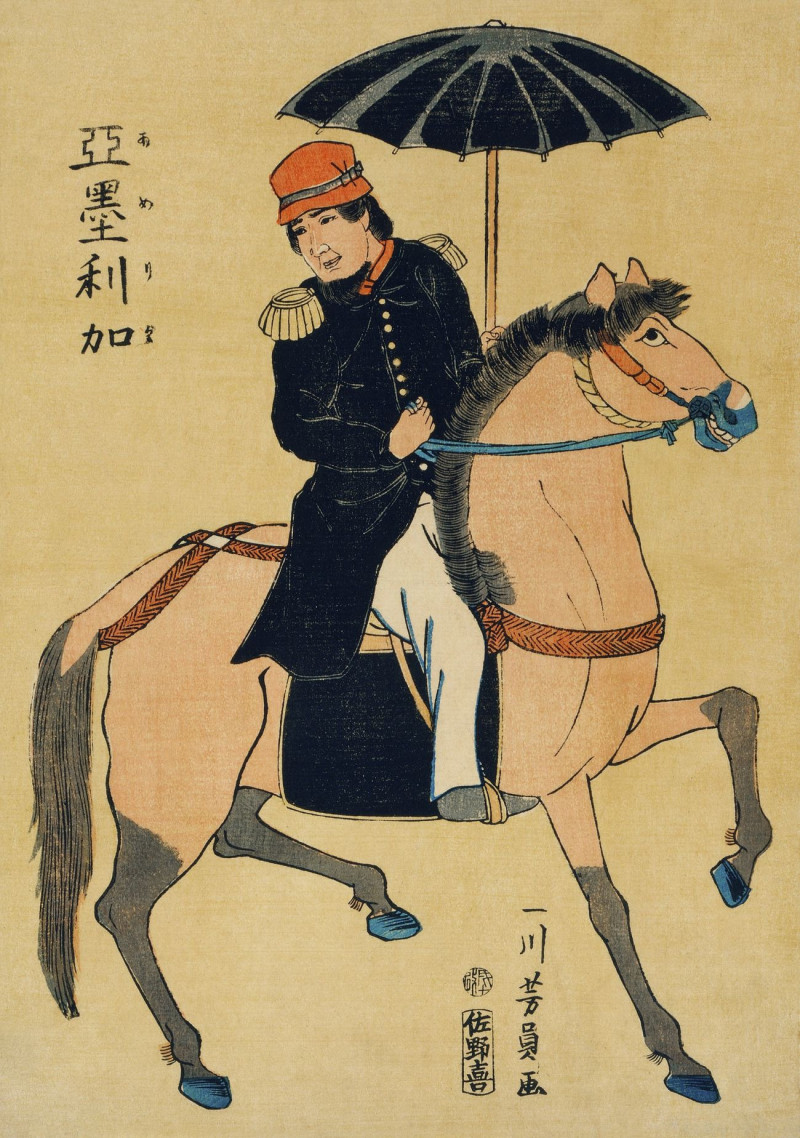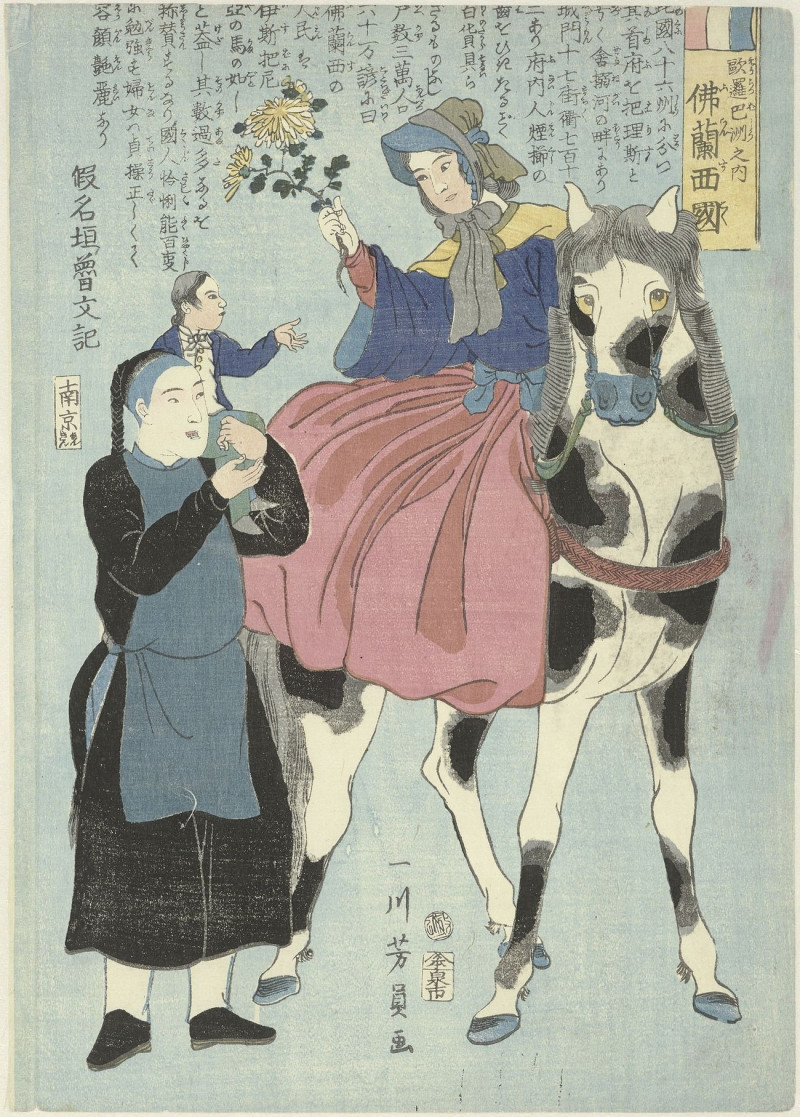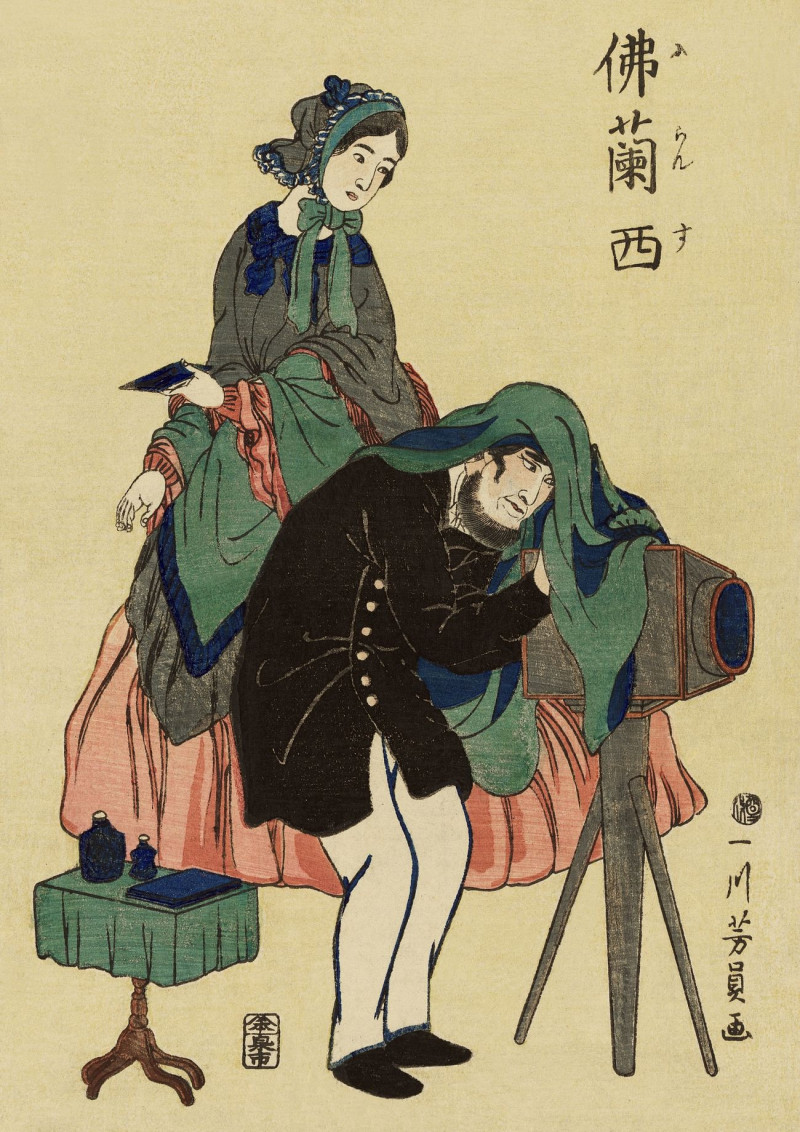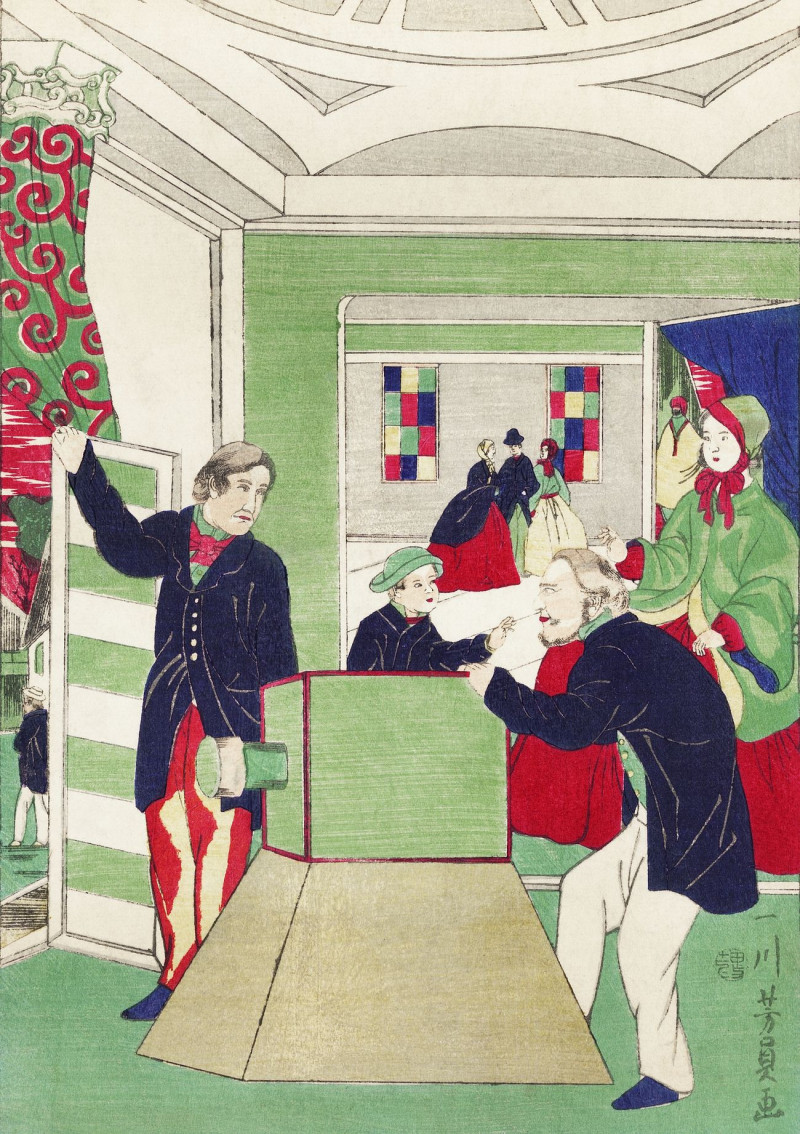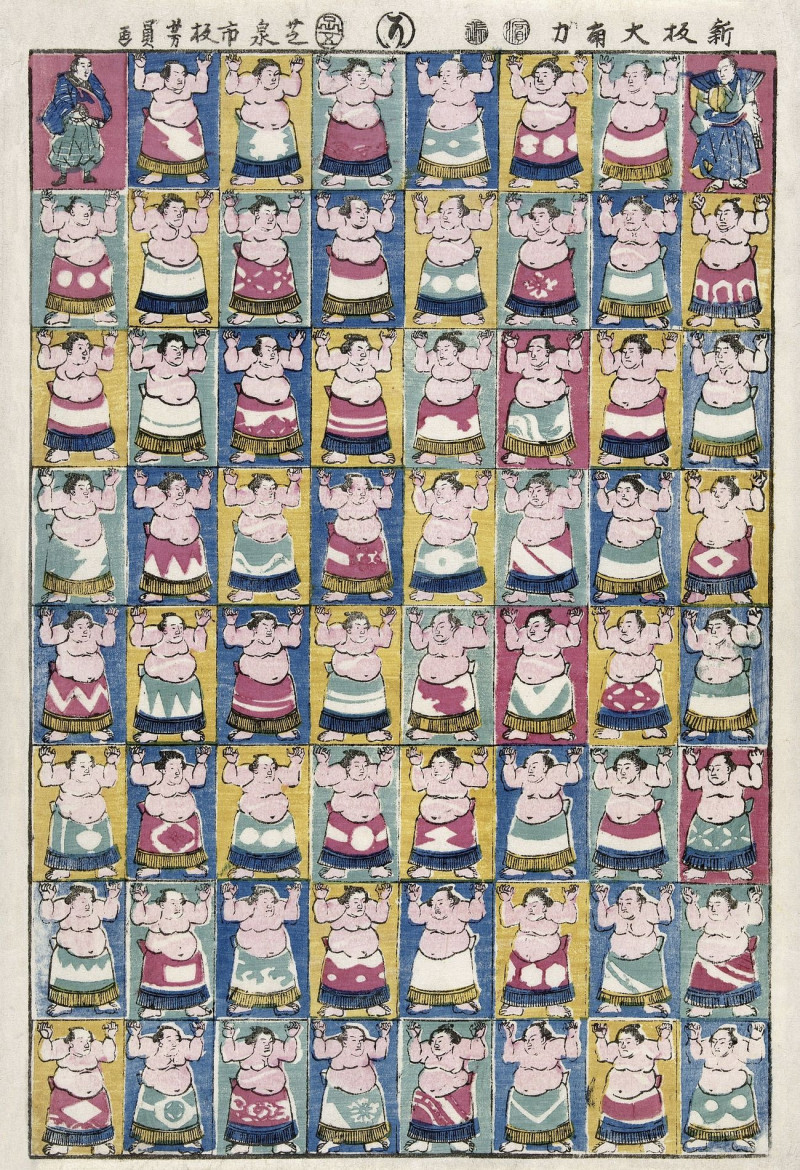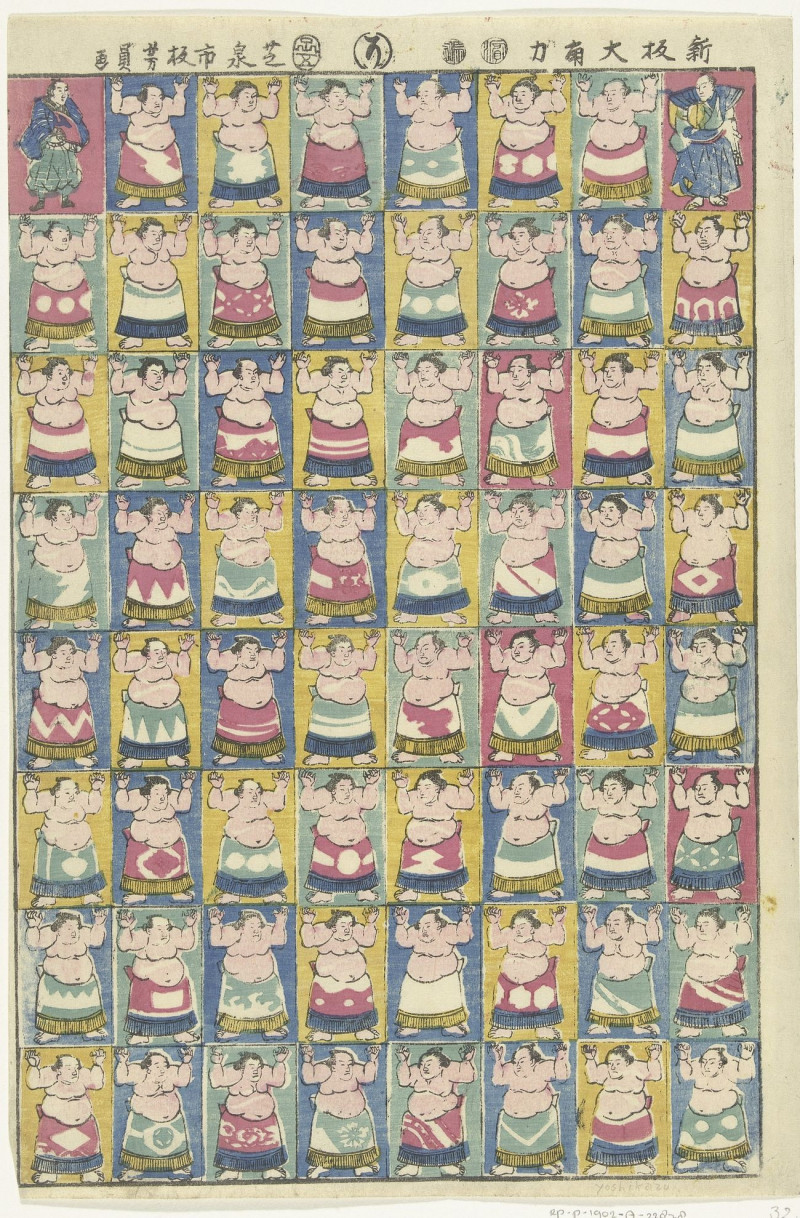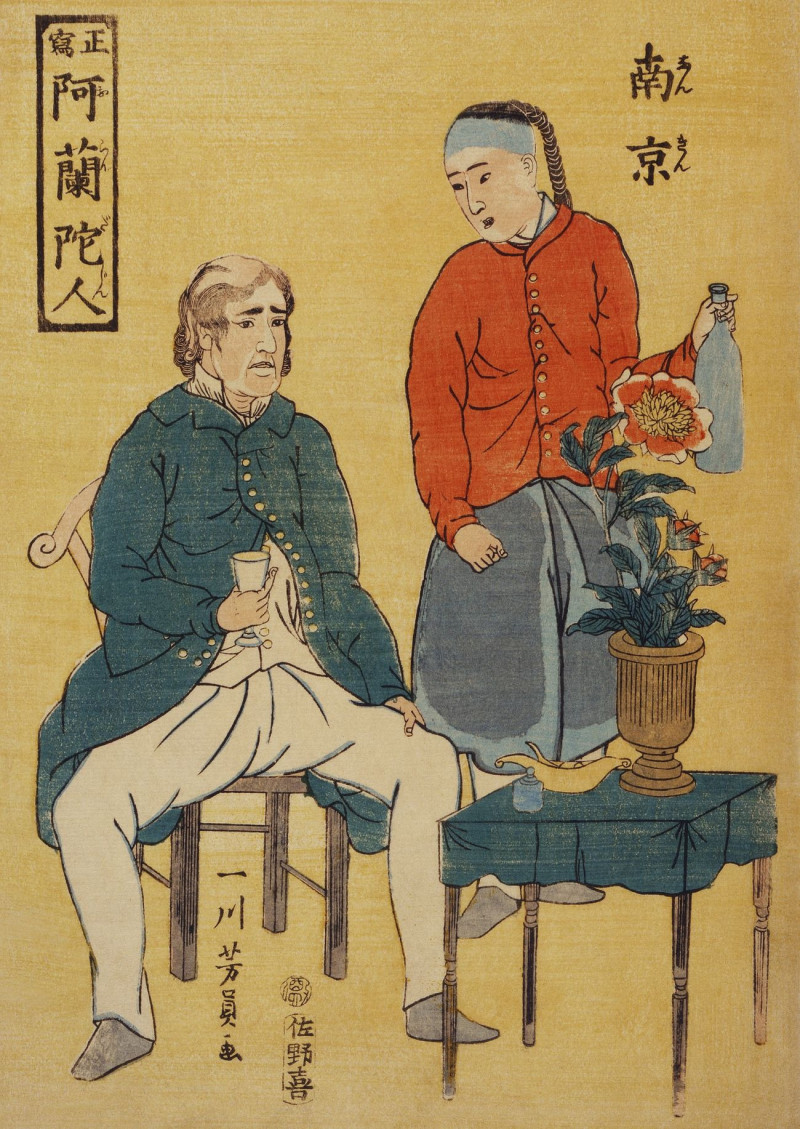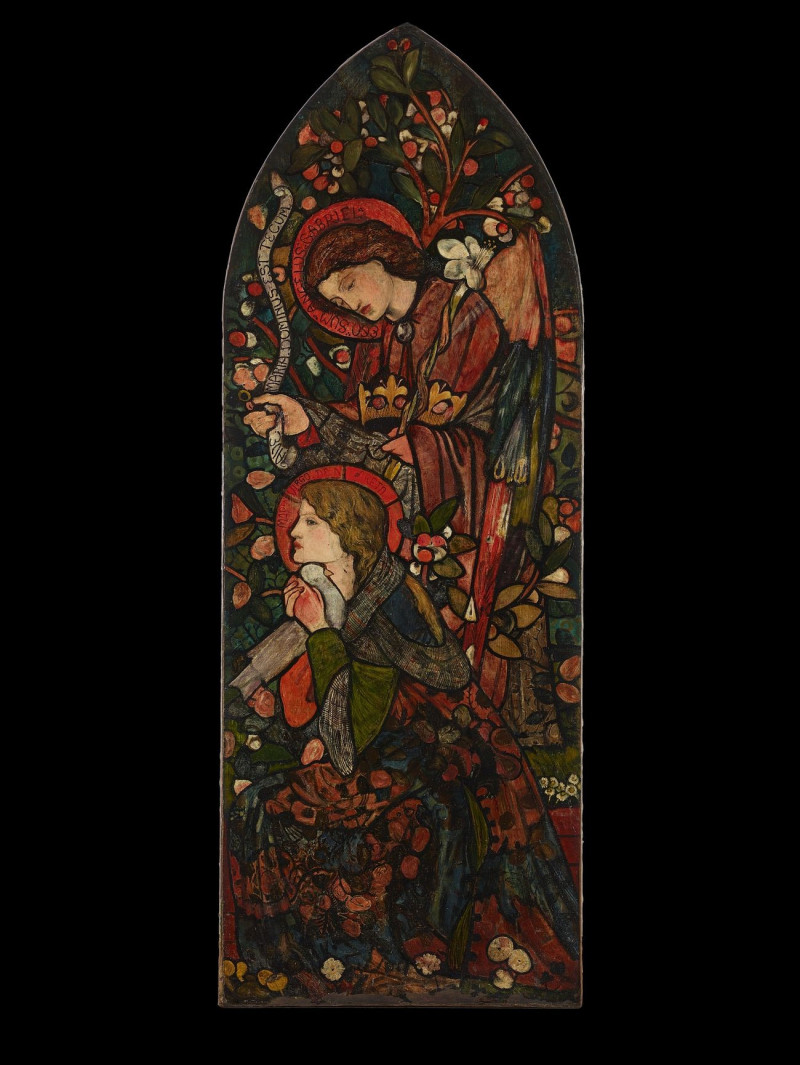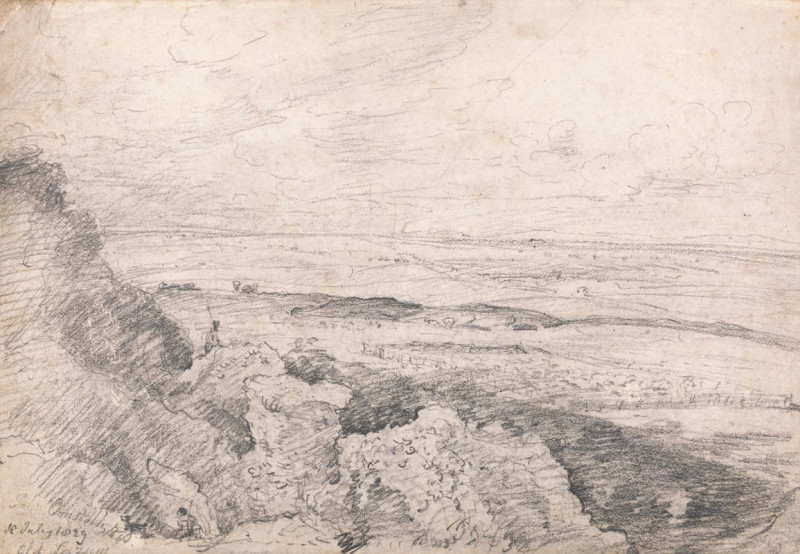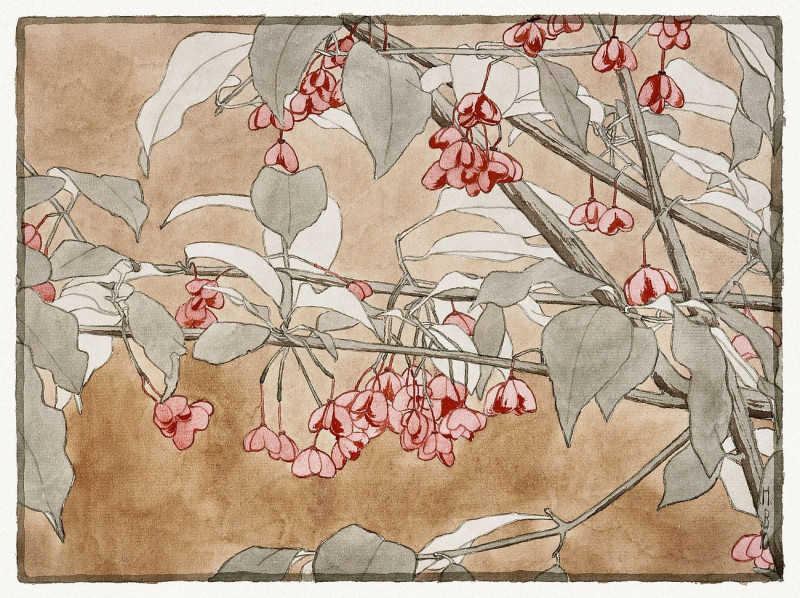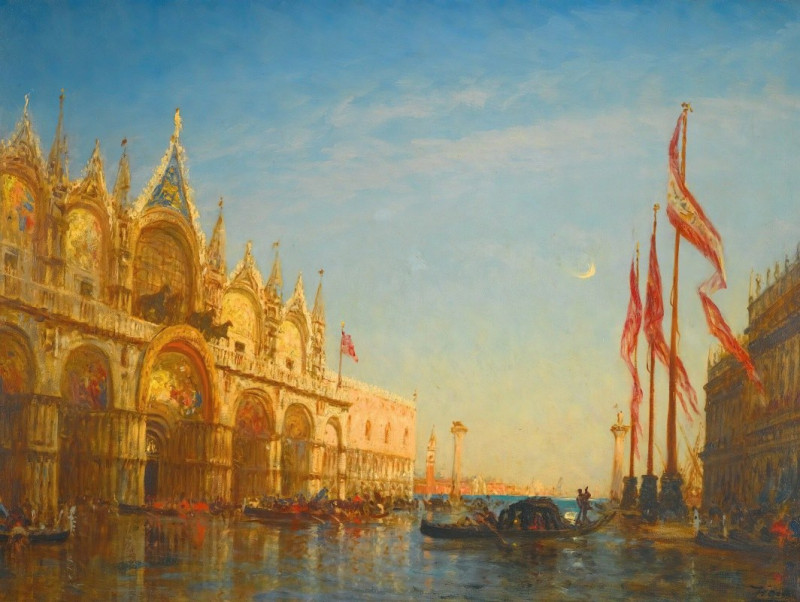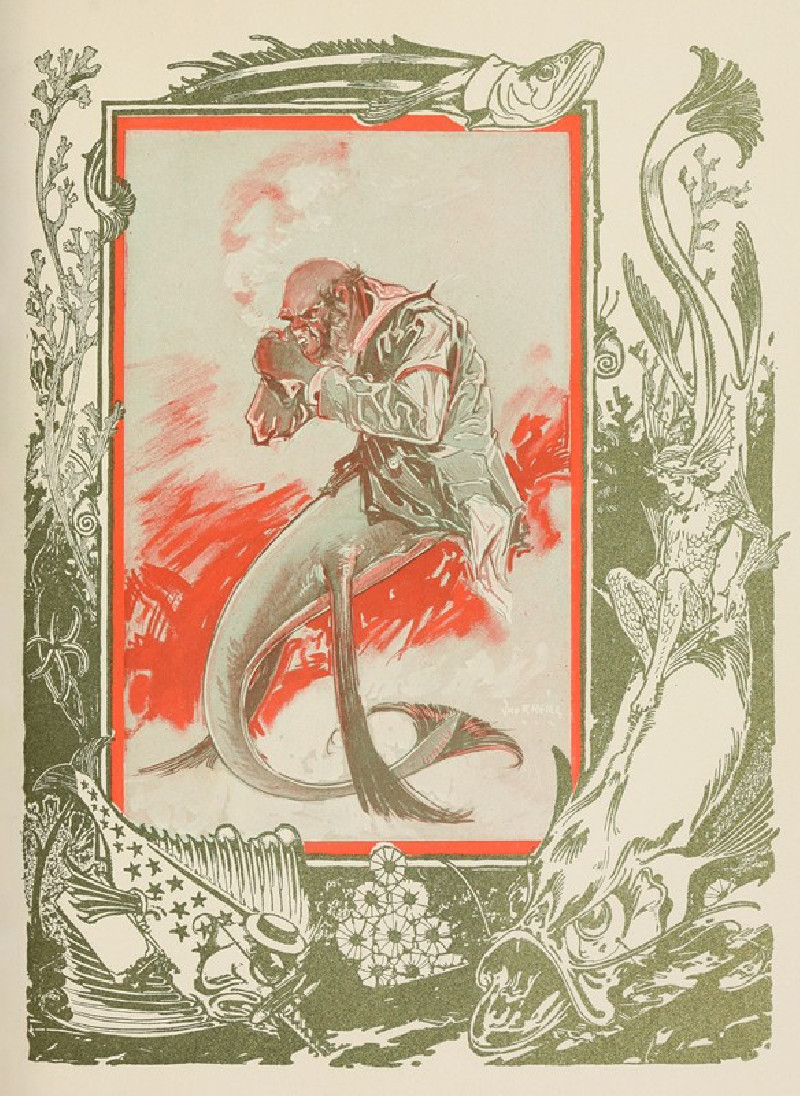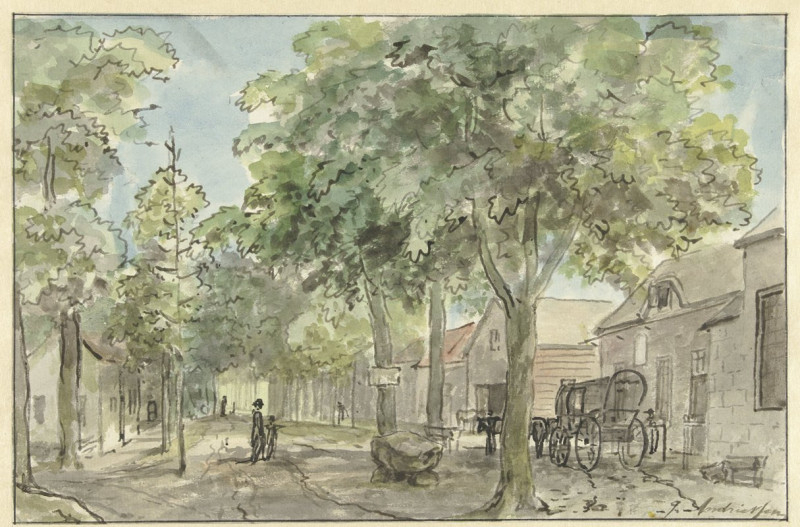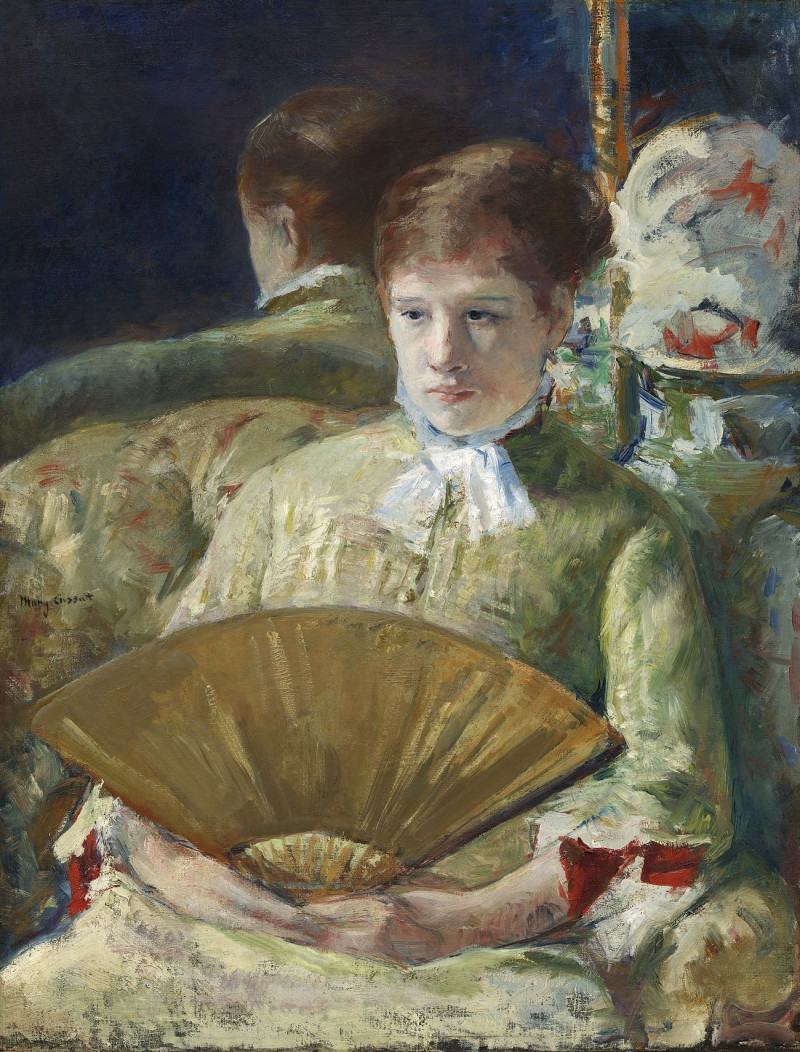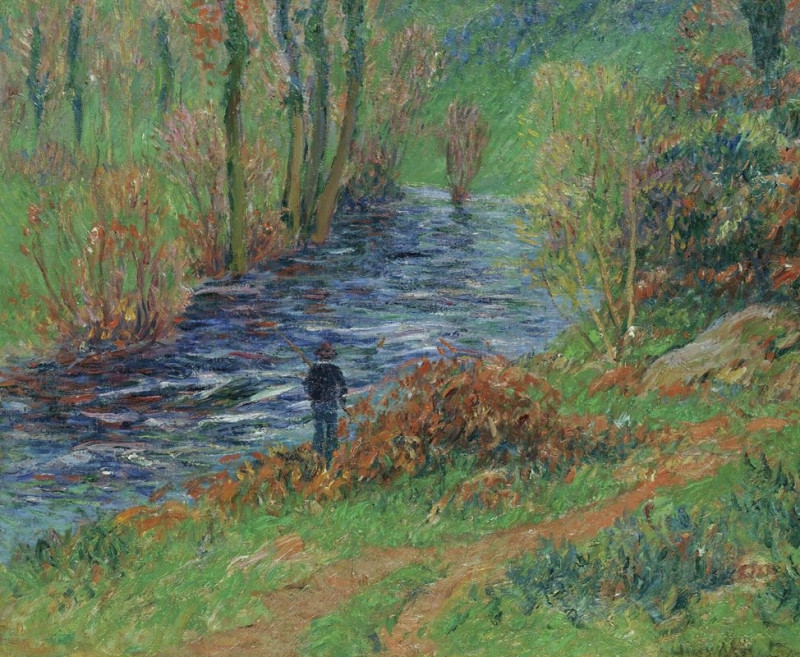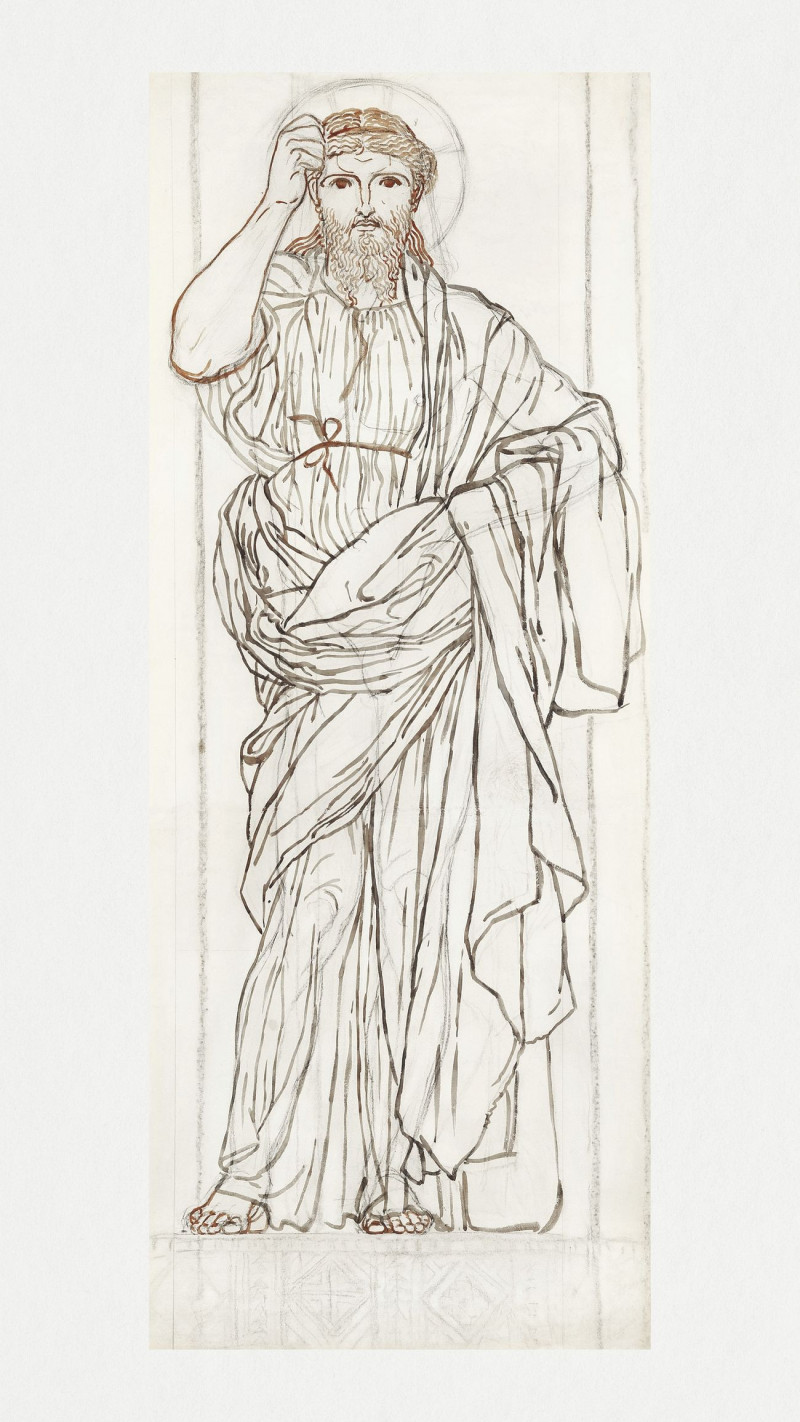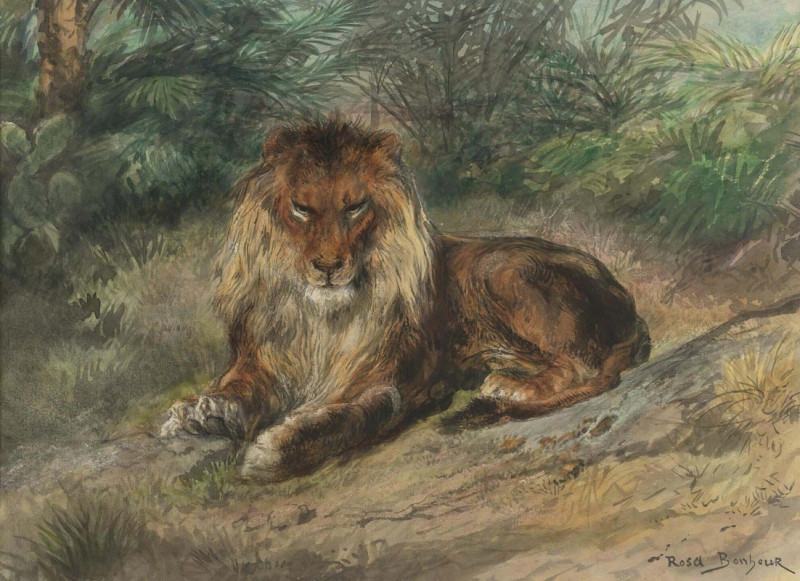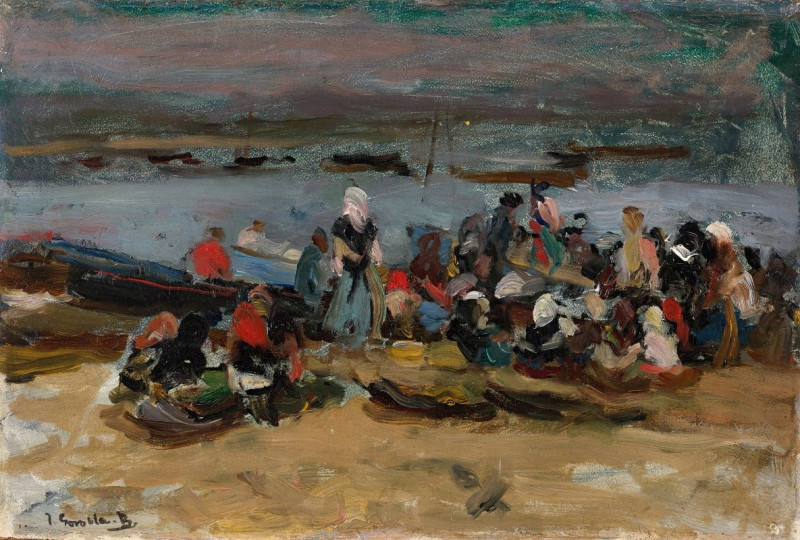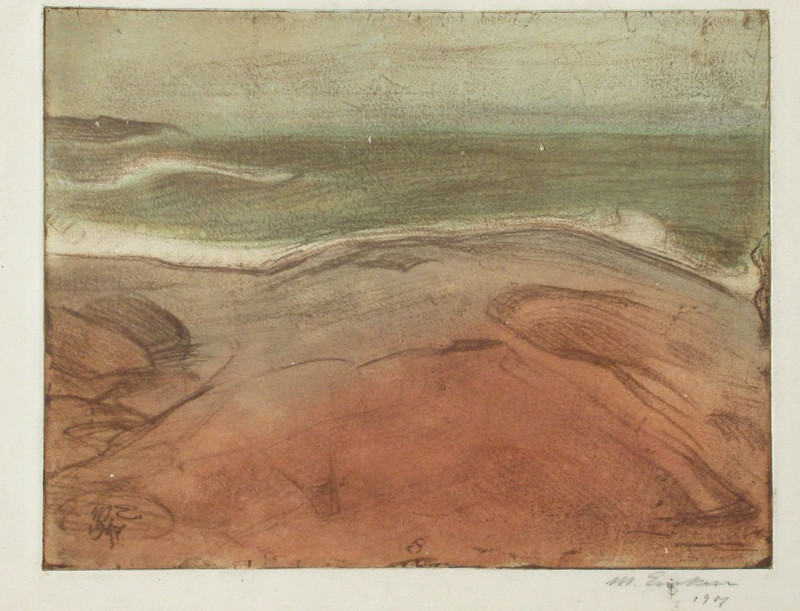Tiger And Bamboo
Technique: Giclée quality print
Recommended by our customers
More about this artwork
The painting titled "Tiger And Bamboo" by Utagawa Yoshikazu offers a striking depiction of a majestic tiger amidst a dense bamboo grove. This Japanese artwork exemplifies the attention to detail and the distinctive style characteristic of 19th-century ukiyo-e woodblock prints.In the portrayal, the tiger, positioned in the foreground, is shown in a coiled and crouched posture, suggesting alertness or readiness to spring into action. The expression on the tiger’s face is intense, with eyes wide open and directed outwardly toward the viewer, giving a sense of immediacy and dynamism to the scene.The bamboo, illustrated with long, vertical lines and overlapping layers, adds depth and texture to the composition. The bamboo stalks reach upward, contrasting with the tiger's horizontal orientation, and are rendered in deep, dark tones that stand starkly against the lighter background, emphasizing the density and wildness of the setting.The usage of monochrome shades with subtle gradations adds an almost ethereal or dreamlike quality to the artwork, lending an overall feeling of a natural, untouched habitat.

